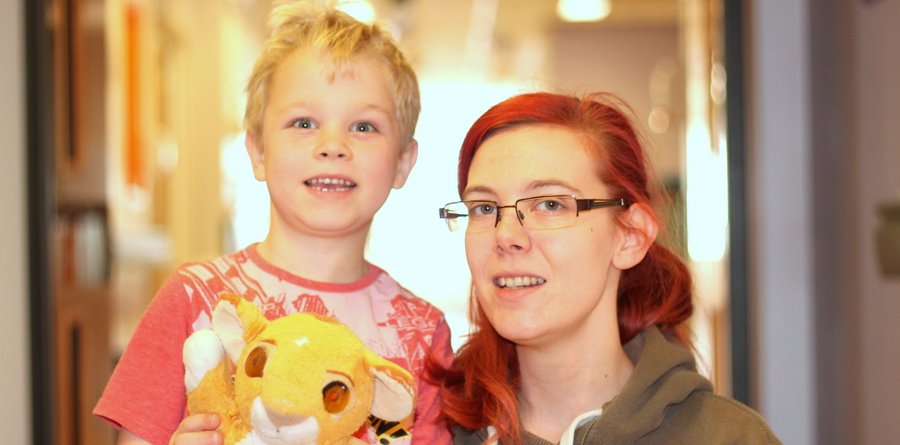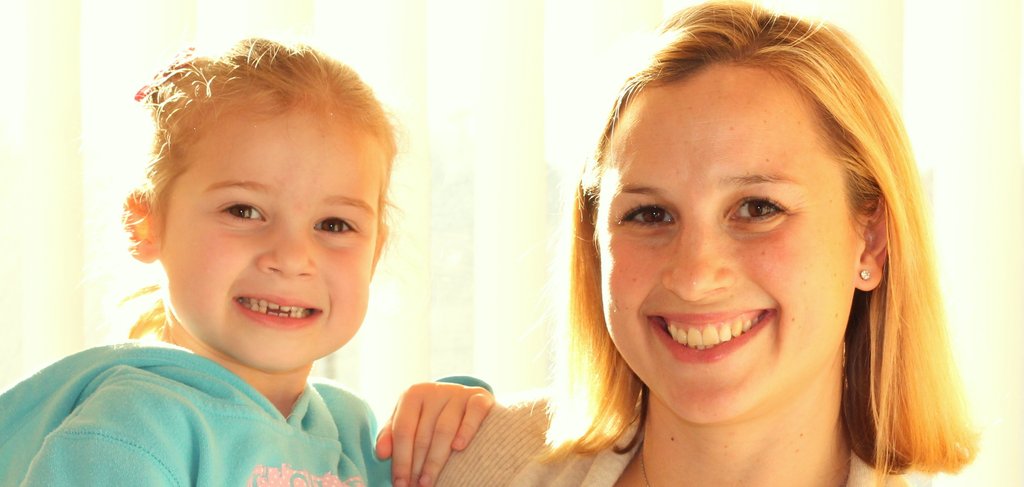

 |  | Search Home Find us Feedback |
 |  |
Information for children, teenagers and families | |
BenefitsThe benefits system is undergoing widespread change at the moment. Currently children with CF are eligible for Disability Living Allowance (DLA). This is a non-means tested benefit. Successful application requires a child to be under the age of 16 years, and either have difficulties walking or who needs more looking after than a child of the same age who does not have a disability. The DLA rate is between £21.55 and £138.05 per week, and depends on the level of help the child needs. The CF Trust has a useful section on benefits - click here.The CF Trust recommends preparation of a 24 hour diary sheet demonstrating a complete breakdown of care. This can assist in completing the form. The CF Trust also can provide a supporting letter that may assist in your DLA application. Disability living allowanceDLA is split into two parts, or ‘components’ - mobility and care. Both components are applied for on the same form. DLA Care can be paid at three rates: low, middle or high.
Attention with a bodily function and supervisionThe DLA rules take into account two types of care: ‘attention with a bodily function’ and ‘supervision’. ‘Attention’ is practical help from another person which is in relation to a bodily function. A bodily function is anything to do with the body and how it works, for example eating, drinking, washing, dressing and sleeping. ‘Attention’ can be physical help such as washing a child’s hair or doing buttons up on a coat (if they are old enough for other children of the same age to be able to do this without help), or can be non-physical help such as prompting a child though the stages of getting dressed, or encouraging a child to eat. In CF, “attention” could be related to providing physiotherapy twice a day. This involves keeping the lungs as clear as possible (so arguably a body function). The administration of nebulised antibiotics also takes time, and should be included as an example of attention associated with necessary treatment for CF. ‘Supervision’ looks at the need for someone to supervise the child in order to avoid substantial danger. All children need some degree of supervision, so particularly with younger children it is important to give a lot of detail to show that the quality and degree of supervision is greater than other children. DLA mobility rates
DLA Mobility can be paid at two different rates. The low rate can be paid from age five or the high rate can be paid from age three. How to apply for DLA
A DLA form can either be completed in writing, or via the internet. If you have access to the internet, a typed form will be easier to read than a written form, and therefore this is recommended. The form can be downloaded here. To order a paper version, call Telephone: 0345 712 3456 or Text phone: 0345 722 4433 (Monday to Friday, 8am to 6pm). If you would like assistance with this form, please talk to your CF nurse (see contacts page). They will also complete the “Statement from someone who knows the child”. This page can be competed electronically, printed off, signed and sent to you to include in your submission. For more information about DLA from the Gov.UK website, click here. Personal Independence PaymentIf your child is over 16 years of age, they may be affected by Personal Independence Payment (PIP). This is a new benefit that is replacing Disability Living Allowance (DLA) for people aged 16 to 64. More information about this can be found on the Gov.UK website - click here. Carer's AllowanceCarer’s Allowance is associated with spending at least 35 hours a week caring for a child who gets the middle or highest care rate of DLA. One-off paymentsIf you are looking for a one off payment for something like a washing machine, cooker, fridge, trampoline etc. it is possible to approach the CF trust for a Welfare Grant. Please discuss this with one of the CF nurses, as they are required to support your application. Applications can be made on the CF Trust Welfare Form - click here to dowload. |